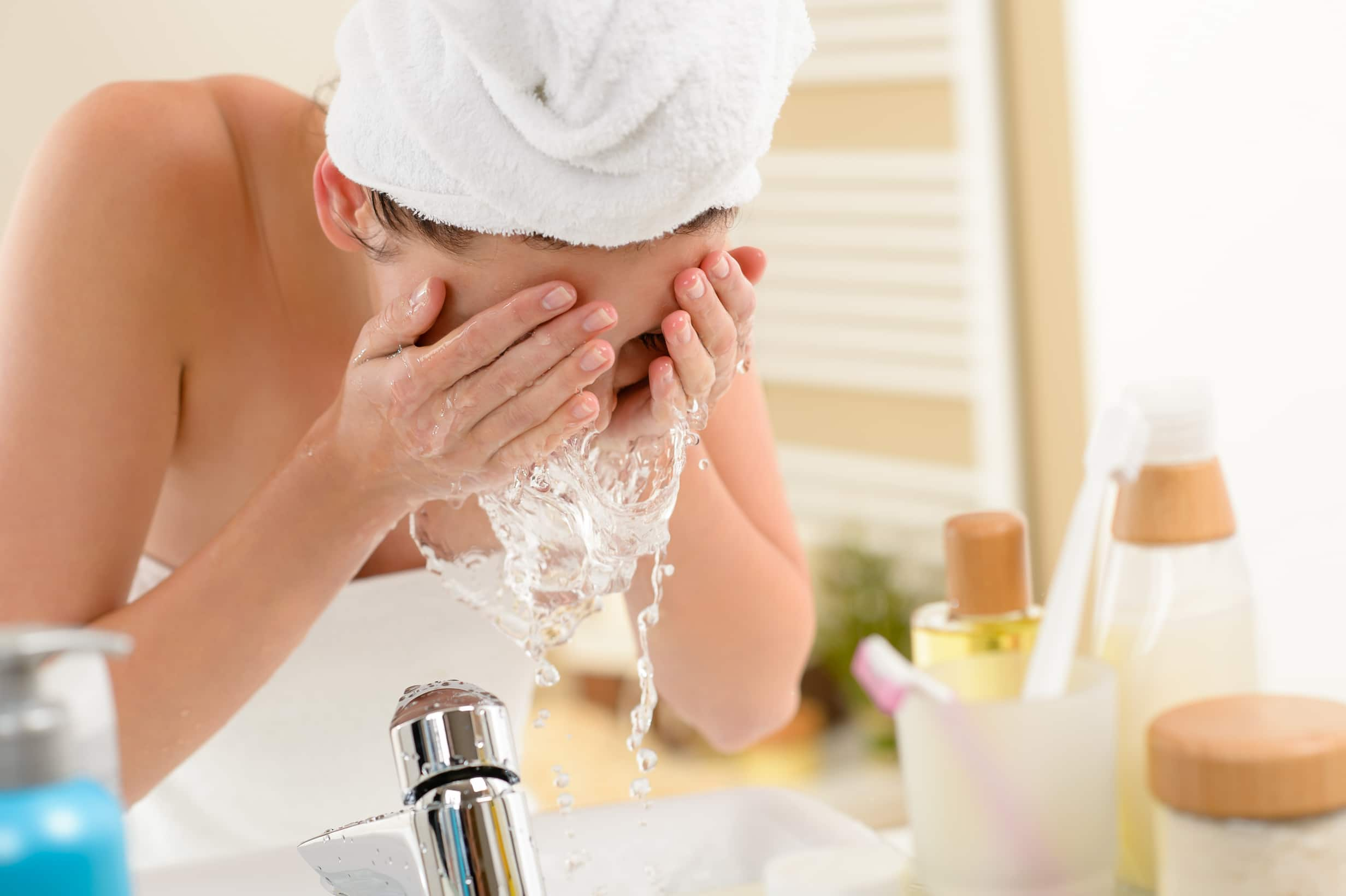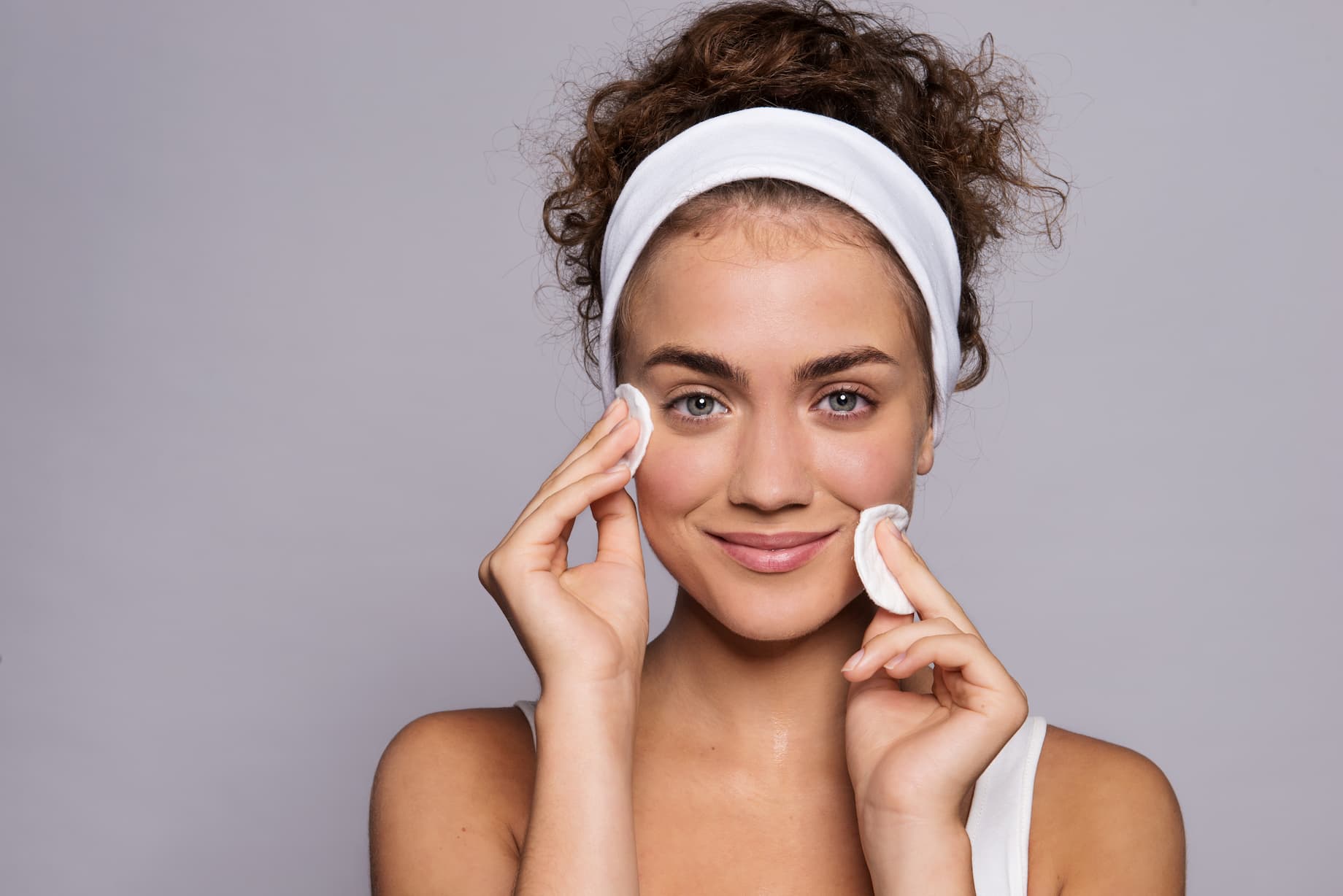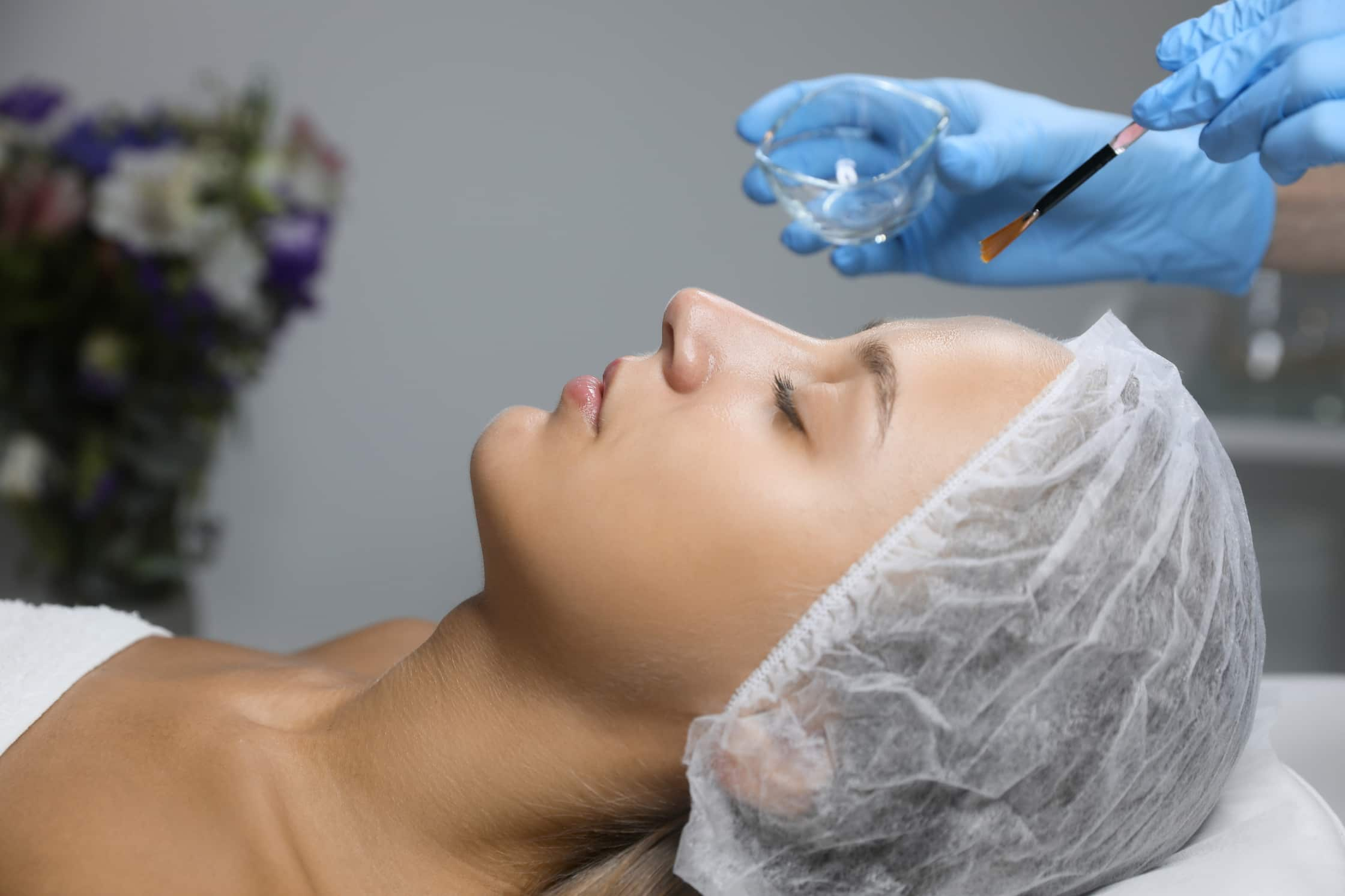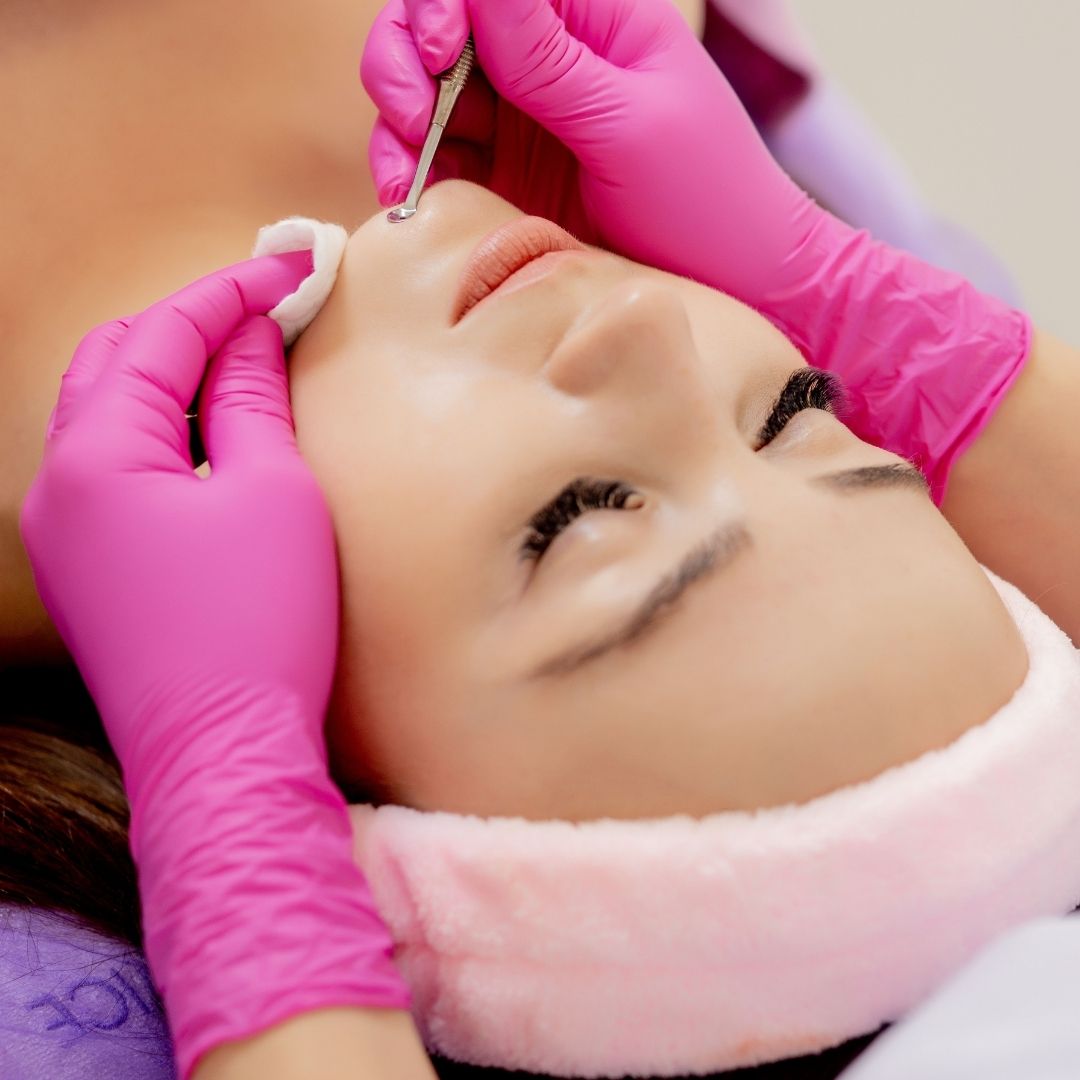
Skin Cleaning After Mole Removal
If you’ve recently had a mole removed, it’s important to take good care of the area where the mole used to be. One key aspect of post-mole removal care is gentle and effective skin cleaning. Proper cleaning can help reduce the risk of infection, speed up the healing process, and improve the appearance of the area.
How Do You Take Care of Your Skin After Mole Removal?
After mole removal, it’s important to take proper care of the area to ensure a smooth healing process and minimize the risk of scarring. Some key tips include keeping the area clean and dry, using a gentle cleanser and avoiding harsh scrubbing, applying antibiotic ointment as recommended by your doctor, and avoiding sun exposure. Additionally, it’s important to be patient and allow your skin to heal in its own time, avoiding picking at scabs or trying to rush the healing process. If you have any concerns or questions about post-mole removal care, be sure to consult with your doctor or dermatologist for personalized recommendations.
In addition to these essential tips, there are other ways to take care of your skin after mole removal. For instance, it’s important to avoid using any harsh skincare products or makeup on the affected area until it has fully healed. You should also avoid any activities that could cause friction or irritation to the area, such as tight clothing or strenuous exercise. If you experience any redness, swelling, or pain in the area after the procedure, be sure to contact your doctor or dermatologist right away, as it could be a sign of infection or other complications. With proper care and attention, your skin will heal beautifully, and you’ll be able to enjoy your healthy, clear complexion once again.
Skin Cleaning After Mole Removal Tips and Tricks
Cleaning the patient’s skin after a mole has been removed is an essential component of post-procedure care. To avoid getting an infection and to speed up the healing process, it is critical to keep the affected area clean and dry. Make sure to use a cleanser that is mild and made specifically for sensitive skin, and try to avoid scrubbing or rubbing the affected area too vigorously. Also, it is essential to keep the region out of direct sunlight, as the sun’s ultraviolet (UV) radiation can make the healing process more drawn out and increase the likelihood of scarring. It is vital to carefully follow your doctor’s recommendations if they suggest using an antibiotic ointment to the affected region.
Your doctor may prescribe doing so. Last but not least, remember to be patient and give your skin some time to heal. If you refrain from picking at the scabs or otherwise attempting to hasten the healing process, your skin will return to its natural, healthy state much more quickly than you might think. After having a mole removed, the following are some suggestions for cleansing the skin in a way that is both delicate and effective:

Follow Your Doctor’s Instructions
To begin, it is vitally important to ensure that you thoroughly clean the affected region in accordance with any specific directions that may have been provided to you by your attending physician. They can advise you to use a certain kind of cleaner or provide you with precise rules regarding how frequently you should clean the area.
Use a Gentle Cleanser
While cleaning the region around the site where the mole was removed, it is essential to use a mild cleaner that will not aggravate the skin or cause it to become damaged. Look for a cleanser that is hypoallergenic, has no aroma, and is made for sensitive skin.
Avoid Harsh Scrubbing
Scrubbing or massaging the affected region too roughly might cause the skin to become irritated and slow down the healing process. Instead, make little circular strokes with your fingertips while you clean the area. This will be much gentler.
Don’t Pick at Scabs
It is normal for scabs to form over the area that was treated for a mole removal while it recovers from the procedure. Picking at the scabs, despite the fact that it may be tempting to do so, can raise the danger of infection as well as the likelihood of scarring. Instead, you should just wait for the scabs to fall off on their own.
Keep the Area Dry
The healing process can be slowed down and the danger of infection can be increased if there is moisture present. When washing the area, take care not to get it wet, and subsequently, pat it dry with a clean towel using a gentle patting motion.
Avoid Applying Makeup or Other Products
It is in your best interest to refrain from applying any cosmetics, lotions, or other products to the area where the mole was removed in the days immediately after the procedure. This can assist in preventing discomfort and make it possible for the area to heal more quickly.
Be Patient
After having a mole removed, it is essential to be patient and allow your skin the necessary time to heal. Do not attempt to speed up the process by using harsh cleaning methods or any other means. Neither should you rush through the steps. Instead, use caution and make sure to properly care for the affected region so that it can heal on its own time.
The Study of Skin Cleaning After Mole Removal
A recent study published in the Journal of Dermatological Surgery examined the impact of post-mole removal skin care on the healing process. The study found that following gentle cleansing methods with a hypoallergenic and fragrance-free cleanser, avoiding harsh scrubbing, and not picking at scabs were all associated with a reduced risk of infection and improved healing outcomes. These findings highlight the importance of proper post-mole removal care, supporting the advice given in the article regarding skin cleaning after mole removal.
Healthy Türkiye Notes
In conclusion, skin cleaning after mole removal is an important part of post-procedure care. Proper cleaning can help reduce the risk of infection, speed up the healing process, and improve the appearance of the area. By following these tips and tricks, such as using a gentle cleanser, avoiding harsh scrubbing, applying antibiotic ointment, and avoiding sun exposure, you can help promote healing and minimize the risk of scarring. Additionally, be patient and allow your skin to heal in its own time. If you have any concerns or questions about post-mole removal care, be sure to consult with your doctor or dermatologist.



